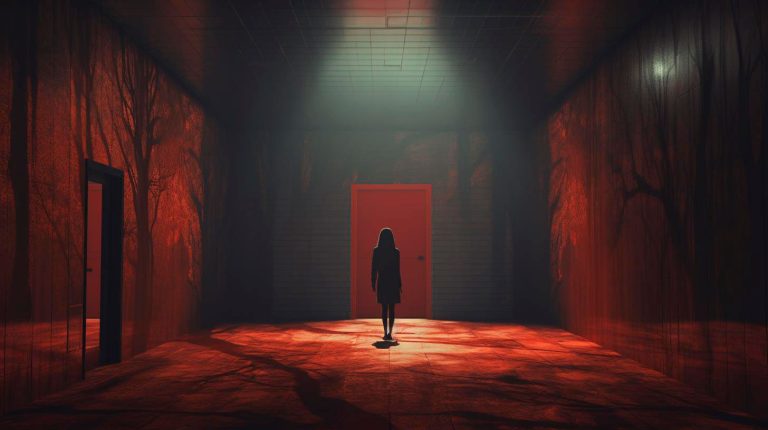What is Sepia Photography?
Sepia photography refers to the process of toning or coloring photographs in warm brown hues, mimicking the look of older photographs. The sepia tone is achieved through chemical processes and was commonly used during the 19th and early 20th centuries, when color photography was not yet widespread.
The History of Sepia Photography
Sepia photography found its roots in the early days of photography. Before the invention of color photography, black and white photographs were the norm. However, due to the limitations of black and white photographs, photographers began experimenting with toning techniques to add a touch of warmth and depth to their images. Sepia toning was one such technique that gained popularity.
Initially, sepia toning was done primarily as a means of preserving the prints and preventing them from fading. This was achieved through a chemical process involving the use of sepia toners like sodium sulfide or sepia toning kits. Over time, sepia became associated with vintage and nostalgic aesthetics, giving photographs a timeless and classic feel.
The Advantages of Sepia Photography
Sepia photography offers several advantages that make it a unique and interesting technique for photographers:
- Timeless Charm: Sepia tones add a touch of nostalgia and elegance to photographs, giving them a timeless charm that is particularly appealing for portraitures and landscapes.
- Enhanced Depth: Sepia toning enhances the depth and texture of an image, adding a warm and rich aesthetic appeal.
- Emotional Impact: The warm tones of sepia evoke emotions and create a sense of nostalgia, making sepia photographs emotionally captivating.
- Preservation: Sepia toning helps preserve photographs by increasing their lifespan and preventing them from fading or deteriorating over time.
Key Takeaways
Aspiring photographers and enthusiasts can benefit from incorporating sepia photography into their repertoire as it:
- Creates a nostalgic and classic feel in photographs.
- Enhances the depth and texture of images.
- Elicits emotions and adds an emotional impact to photographs.
- Preserves the longevity of prints.
In Conclusion
Sepia photography offers a unique and timeless way to capture moments and evoke emotions. With its warm tones and vintage charm, sepia-toned photographs have a captivating appeal that stands out amidst the sea of vibrant colors. By understanding the history, advantages, and key takeaways of sepia photography, you can add a touch of nostalgia and elegance to your photographic journey. So why not explore the world through monochromatic tones and embrace the art of sepia photography?





















+ There are no comments
Add yours